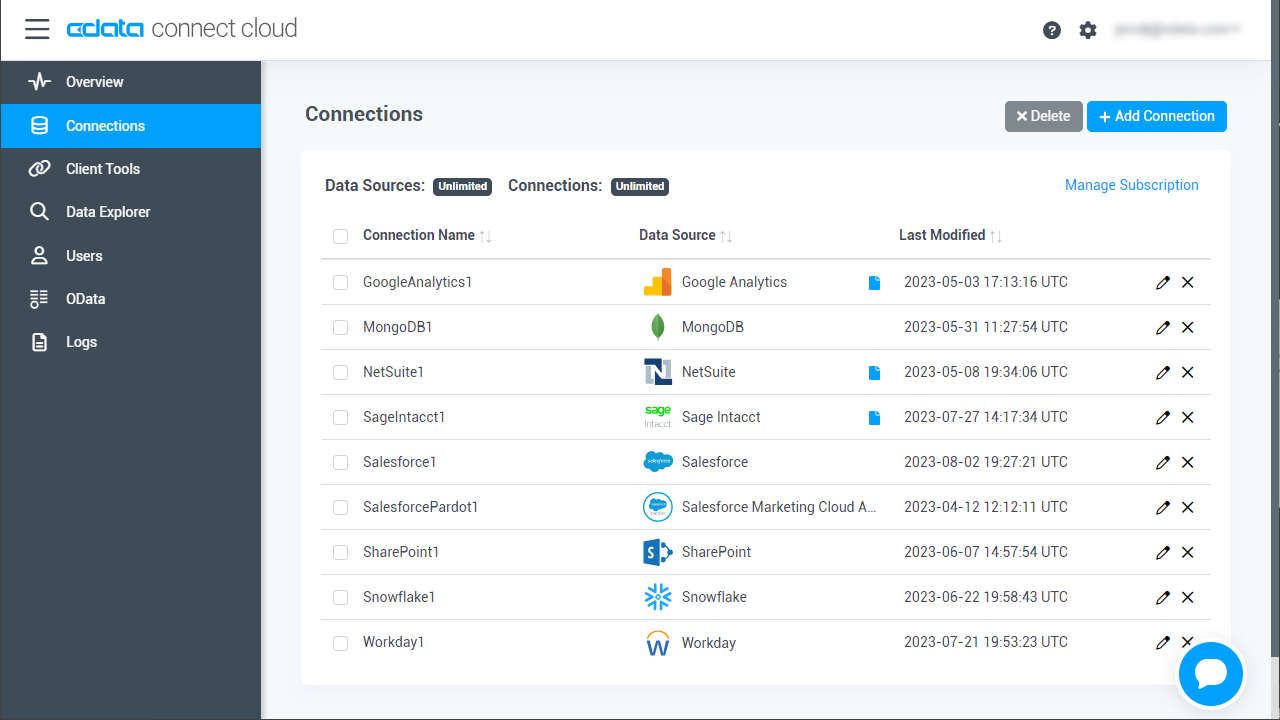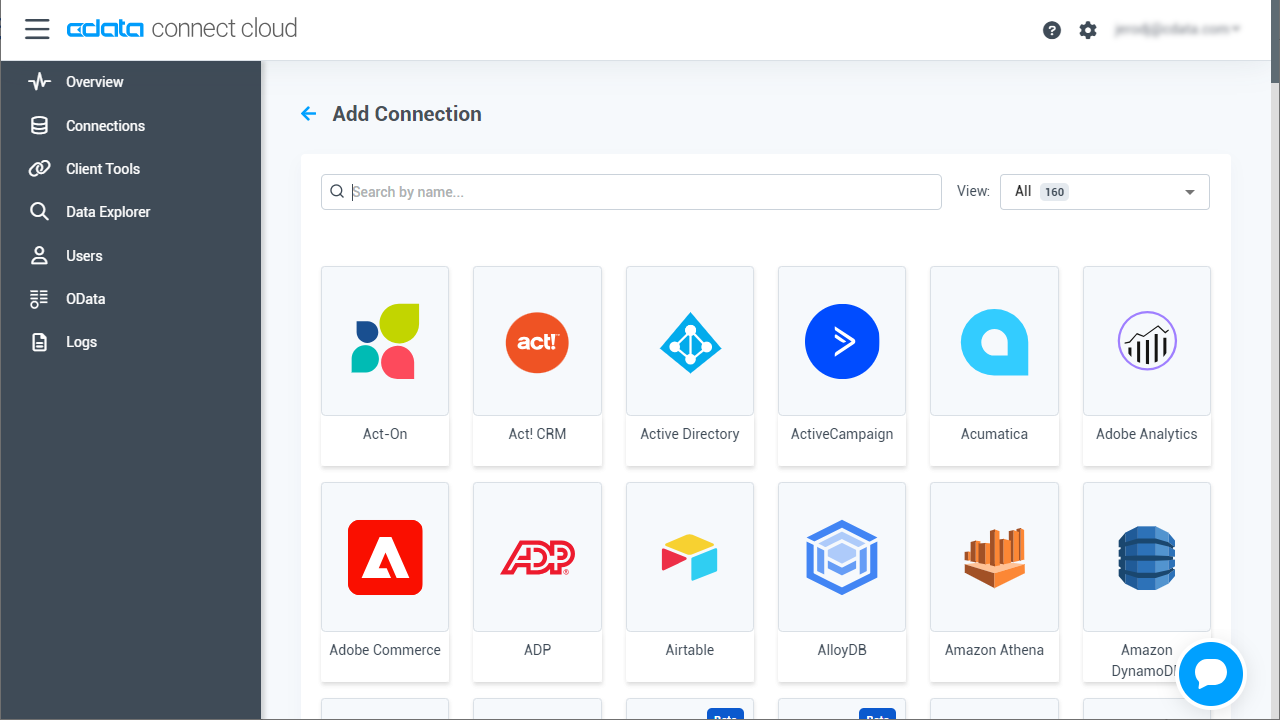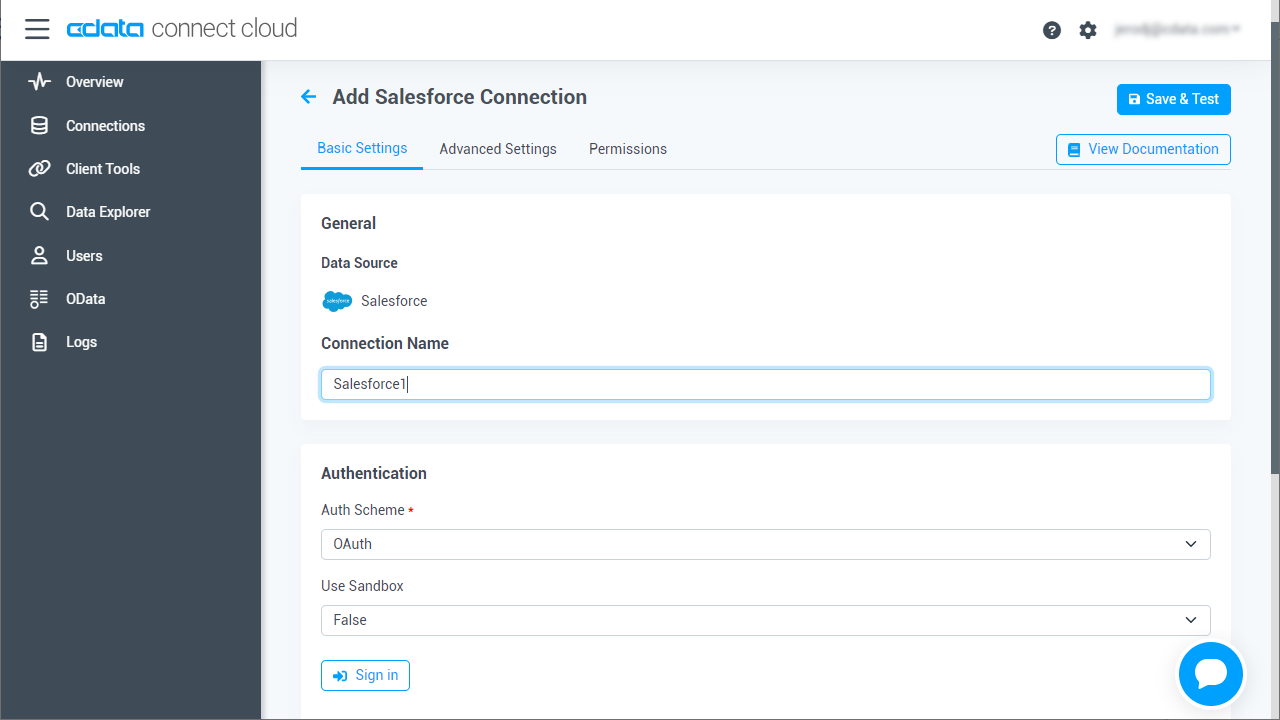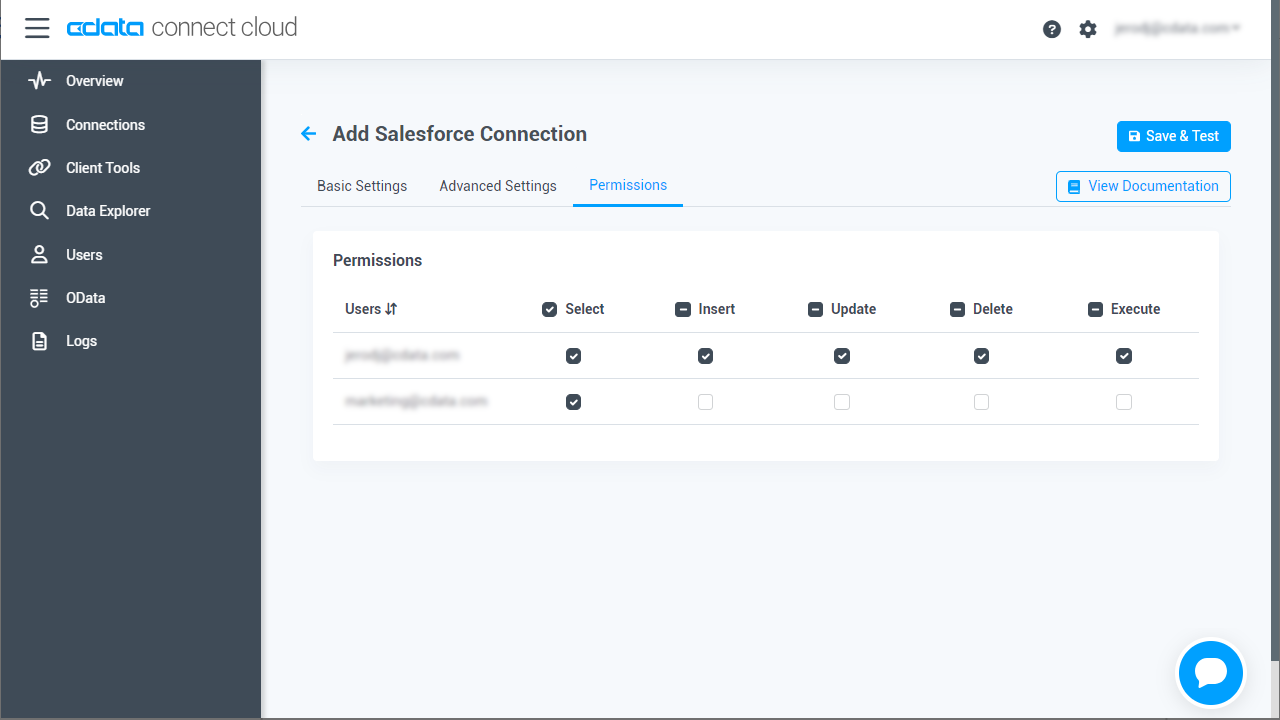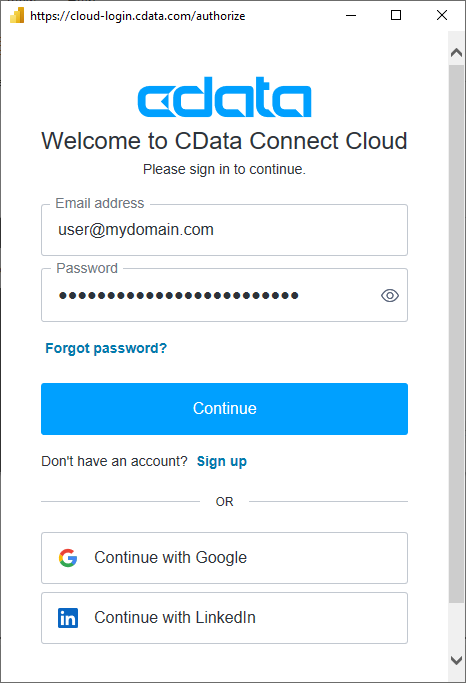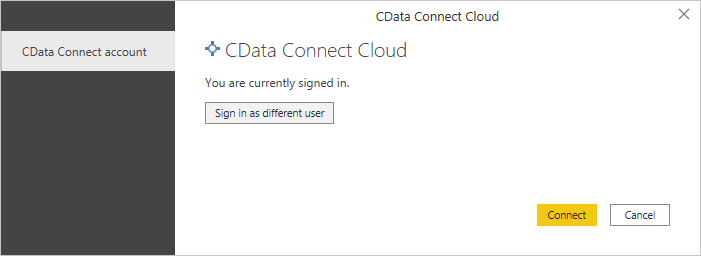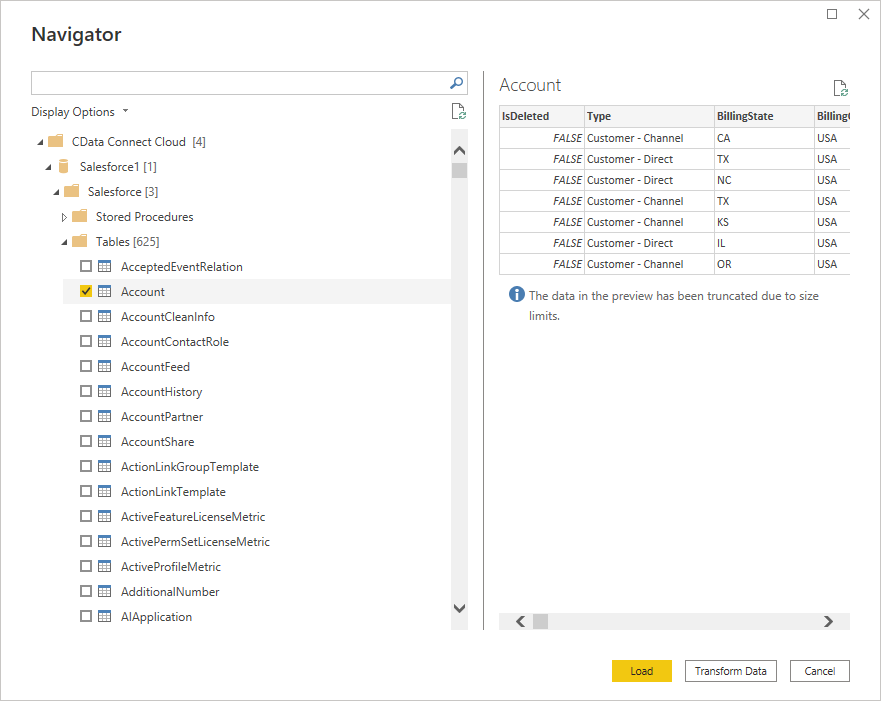Discover how a bimodal integration strategy can address the major data management challenges facing your organization today.
Get the Report →Visualize Live Salesforce Data in Power BI (via CData Connect Cloud)
Use the CData Power BI Connector and CData Connect Cloud to integrate live Salesforce data into custom reports in Power BI.
Power BI transforms your company's data into rich visuals for you to collect and organize so you can focus on what matters to you. When paired with CData Connect Cloud, you get access to Salesforce data for visualizations, dashboards, and more. This article shows how to use CData Connect to create a live connection to Salesforce, connect to Salesforce data from Power BI and then create reports on Salesforce data in Power BI.
Configure Salesforce Connectivity for Power BI
Connectivity to Salesforce from Power BI is made possible through CData Connect Cloud. To work with Salesforce data from Power BI, we start by creating and configuring a Salesforce connection.
- Log into Connect Cloud, click Connections and click Add Connection
![Adding a Connection]()
- Select "Salesforce" from the Add Connection panel
![Selecting a data source]()
-
Enter the necessary authentication properties to connect to Salesforce.
There are several authentication methods available for connecting to Salesforce: Login, OAuth, and SSO. The Login method requires you to have the username, password, and security token of the user.
If you do not have access to the username and password or do not wish to require them, you can use OAuth authentication.
SSO (single sign-on) can be used by setting the SSOProperties, SSOLoginUrl, and TokenUrl connection properties, which allow you to authenticate to an identity provider. See the "Getting Started" chapter in the help documentation for more information.
![Configuring a connection (Salesforce is shown)]()
- Click Create & Test
- Navigate to the Permissions tab in the Add Salesforce Connection page and update the User-based permissions.
![Updating permissions]()
With the connection configured, you are ready to connect to Salesforce data from Power BI.
Query Salesforce Tables
Follow the steps below to build a query to pull Salesforce data into the report:
- Open Power BI Desktop and click Get Data -> Online Services -> CData Connect Cloud and click "Connect"
- Click "Sign in" and authenticate with your CData Connect Cloud account
![Authenticating with Connect Cloud]()
- After signing in, click "Connect"
![Connecting to Connect Cloud]()
- Select tables in the Navigator dialog
![The available tables. (Salesforce tables are shown)]()
- Click Load to establish the connection to your Salesforce data from Power BI
Create Salesforce Data Visualizations
After connecting to the data into Power BI, you can create data visualizations in the Report view by dragging fields from the Fields pane onto the canvas. Select the dimensions and measures you wish to visualize along with the chart type.
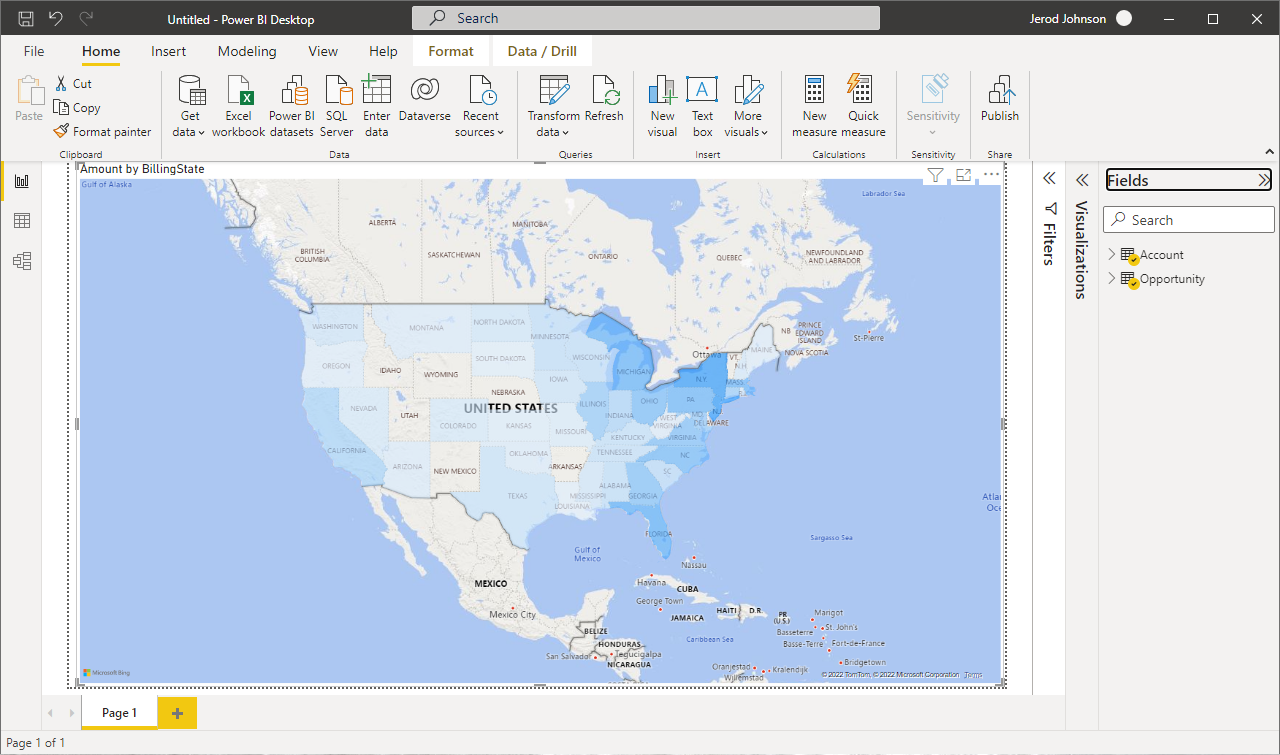
Click Refresh to synchronize your report with any changes to the data.
Live Access to Salesforce Data from Data Applications
With CData Connect Cloud you have a direct connection to Salesforce data from Power BI. You can import more data, create new visualizations, build reports, and more — all without replicating Salesforce data.
To get SQL data access to 100+ SaaS, Big Data, and NoSQL sources (including Salesforce) directly from your on-premise BI, reporting, ETL and other data applications, visit the CData Connect page and start a free trial.






